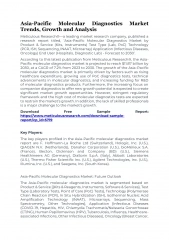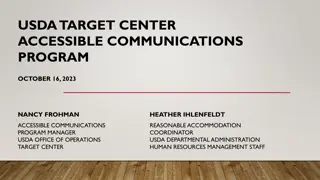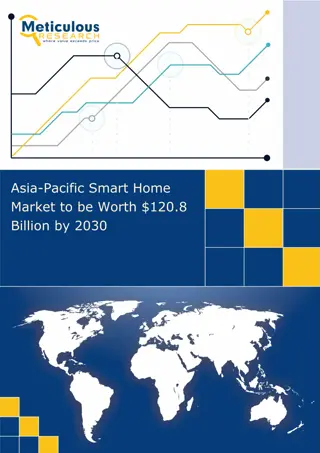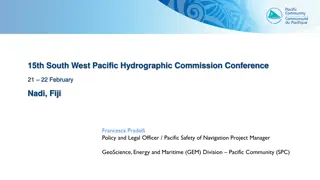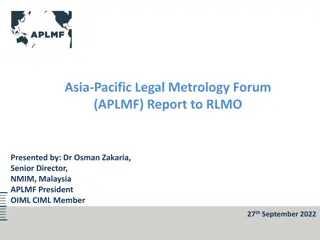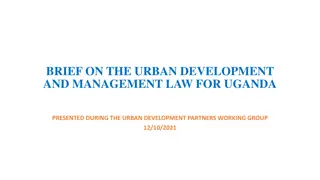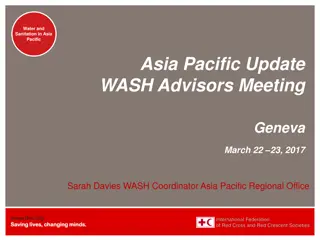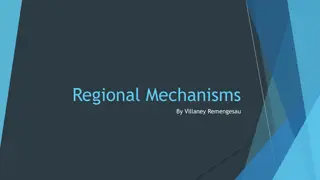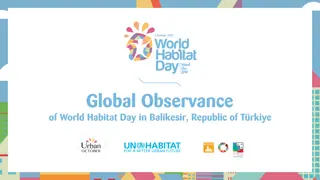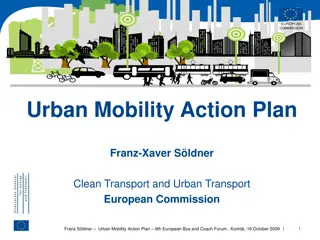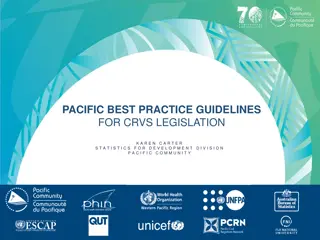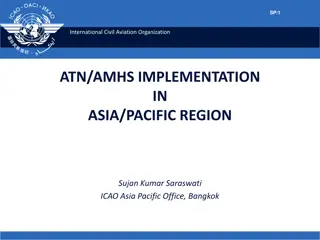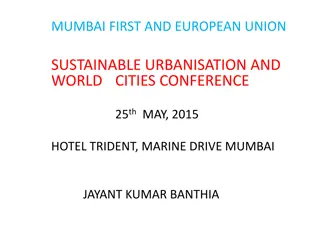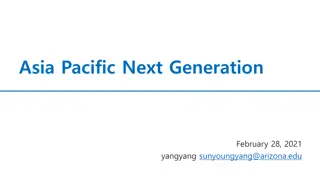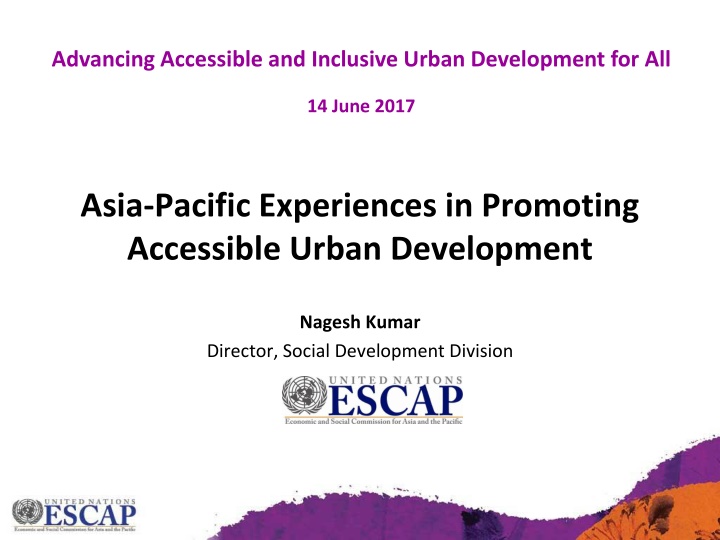
Advancing Accessible and Inclusive Urban Development in Asia-Pacific
Accessibility is crucial for individuals with disabilities to live independently and participate fully in society. The Asia-Pacific region has made significant strides in promoting accessible urban development, as highlighted by initiatives such as the Incheon Strategy. This strategy, which focuses on disability-inclusive goals and targets, aims to improve various aspects of urban life for individuals with disabilities.
Download Presentation

Please find below an Image/Link to download the presentation.
The content on the website is provided AS IS for your information and personal use only. It may not be sold, licensed, or shared on other websites without obtaining consent from the author. If you encounter any issues during the download, it is possible that the publisher has removed the file from their server.
You are allowed to download the files provided on this website for personal or commercial use, subject to the condition that they are used lawfully. All files are the property of their respective owners.
The content on the website is provided AS IS for your information and personal use only. It may not be sold, licensed, or shared on other websites without obtaining consent from the author.
E N D
Presentation Transcript
Advancing Accessible and Inclusive Urban Development for All 14 June 2017 Asia-Pacific Experiences in Promoting Accessible Urban Development Nagesh Kumar Director, Social Development Division
Context Accessibility is a precondition for persons with disabilities to live independently and achieve full and equal participation in society. Critical for achieving Leaving No One Behind
Asian and Pacific Decades of Persons with Disabilities (1993-2002, 2003-2012, 2013-2022) Years Global Asia-Pacific Africa West Asia 1980 UN Decade of Disabled Persons, 1983-1992 1990 Asian and Pacific Decade of Disabled Persons, 1993-2002 2000 African Decade of Disabled Persons, 2000-2009 Asian and Pacific Decade of Disabled Persons, 2003-2012 Arab Decade of Disabled Persons, 2004-2013 2010 African Decade of Persons with Disabilities, 2010-2019 Asian and Pacific Decade of Persons with Disabilities, 2013- 2022 2020 3
Incheon Strategy: Guiding Document for the 3rd Regional Disability Decade http://www.maketherightreal.net/incheon-strategy/
Incheon Strategy: World s First Regionally Agreed Upon Set of Disability-Inclusive Goals, Targets, and Indicators 10 Goals 27 Targets 62 Indicators 5
10 Incheon Strategy Goals Goal 1: Reduce poverty & enhance work & employment prospects Goal 2: Promote participation in political processes & in decision-making Goal 3: Enhance access to the physical environment, public transportation, knowledge, information & communication Goal 4: Strengthen social protection Goal 5: Expand early intervention & education of children with disabilities Goal 6: Ensure gender equality & women s empowerment Goal 7: Ensure disability-inclusive disaster risk reduction & management Goal 8: Improve the reliability & comparability of disability data Goal 9: Accelerate the ratification & implementation of the CRPD & the harmonization of national legislation with the Convention Goal 10: Advance subregional, regional & interregional cooperation 6
Goal 3: Enhance access to the physical environment, public transportation, knowledge, information & communication Targets A: Increase the accessibility of the physical environment in the national capital that is open to the public B: Enhance the accessibility and usability of public transportation C. Enhance the accessibility and usability of information and communication services D. Halve the proportion of persons with disabilities who need but do not have appropriate assistive devices or products
Key indicators on accessibility Key IS indicators monitor proportion of: - Accessible polling stations; government buildings; international airports; emergency shelters and disaster relief sites - Daily captioning and sign language interpretation of public television news programme - Accessible and usable public documents and websites - Availability of mandatory technical standards for barrier free access that govern the approval of all designs for buildings that could be used by public, incorporating ISO standards
Midpoint Review Highlight of gaps: Consistent monitoring mechanism at the national level Lack of national accessibility frameworks based on international standards Accessibility audits by engaging persons with disabilities and their representative organizations
Technical Assistance and Capacity Building Activity:Disability-Inclusive Meetings: An Operational Guide Impact: Support member states in holding disability-inclusive meetings with practical tips including a checklist http://www.unescap.org/resources/disability-inclusive-meetings-operational-guide
Technical Assistance and Capacity Building Activity: Accessibility for All: Good practices of accessibility in Asia and the Pacific to promote disability-inclusive development Impact: Support policymakers in promoting accessibility at a policy and practical level Supported by: The Government of China http://www.unescap.org/publications/accessibility-all-good-practices- accessibility-asia-and-pacific-promote-disability
Technical Assistance and Capacity Building Collaborating with ICAO to update the Manual on Access to Air Transport by Persons with Disabilities
ESCAPs internal efforts Accessibility Centre Roadmap to improve accessibility within the ESCAP premises ESCAP Accessibility guidelines
Thank you! Get Counted to Count! < www.unescap.org/our-work/social-development > <www.maketherightreal.net>

